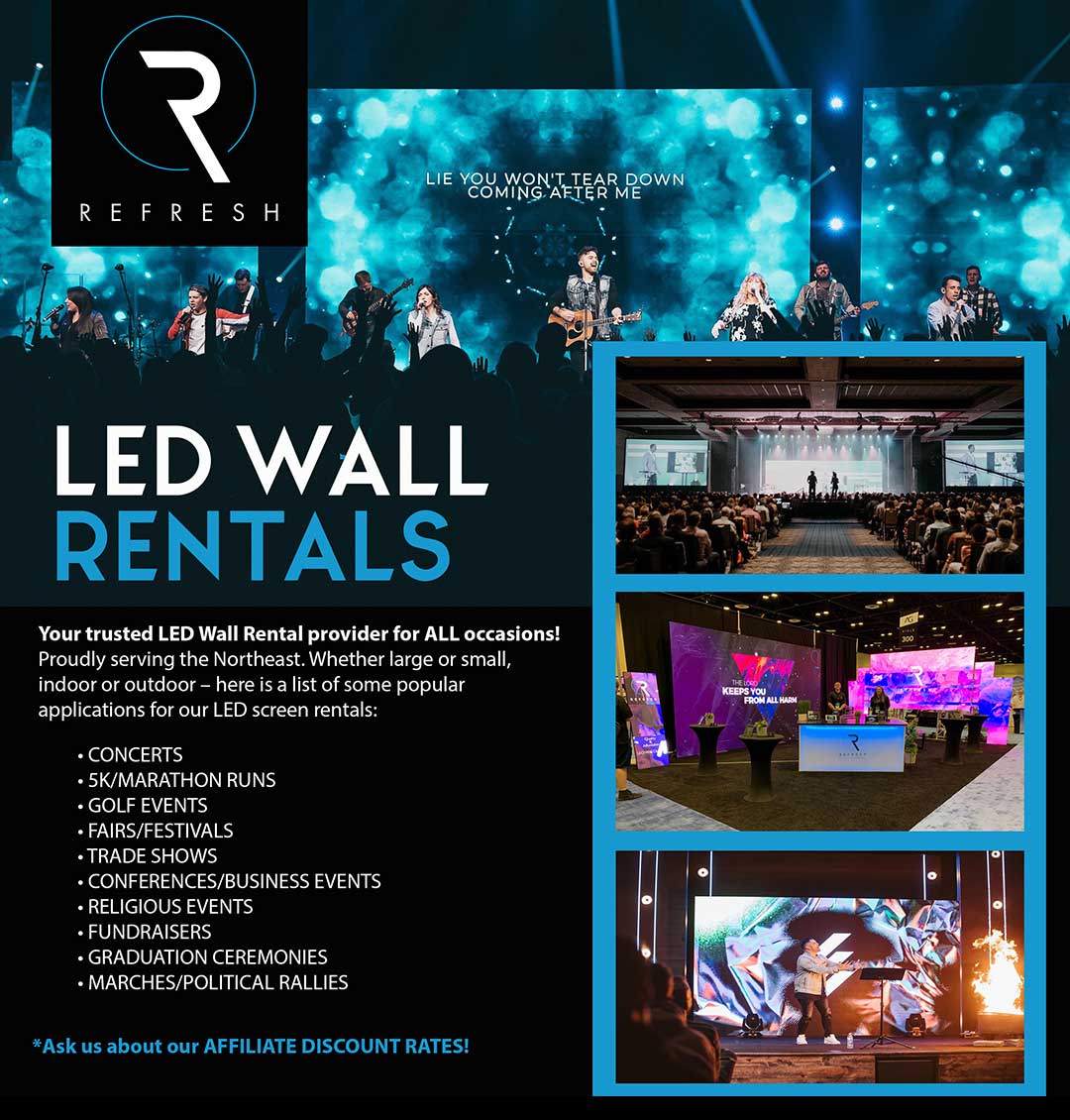When discussing resolution, it is essential to consider picture pitch, which is the distance between the center of one picture element to the midpoint of the following pixel. A reduced pixel pitch results in a higher resolution, allowing for additional clarity in the visuals displayed. For example, an LED screen with a picture spacing of 1.5mm will provide a sharper visual than one with a picture spacing of 3mm. This is especially crucial in environments where viewers are close to the display, such as in a compact location or a trade show booth. In these situations, a higher resolution can significantly enhance the viewing quality.
Another aspect of resolution is its effect on hue precision and luminosity. LED walls with higher resolutions often have better hue rendering, indicating that the hues displayed are increasingly vibrant and true to life. This is crucial for applications like marketing, where the objective is to capture attention and convey a concept efficiently. Additionally, higher resolution displays can maintain brightness levels even when seen from various angles. This is important in big locations where viewers may be seated at various distances and positions from the display.

The functionality of LED screens is also influenced by resolution in terms of update frequencies and reaction durations. A greater image clarity screen can support quicker update frequencies, which is crucial for fast-moving material such as films and motion graphics. This indicates that the visuals on the display will look more fluid and more fluid, enhancing the total observing quality. In comparison, reduced image clarity displays may struggle with fast-moving content, leading to blurriness or lag. Therefore, for events that depend on high-energy images, selecting sites a screen with a appropriate image clarity is vital.
In summary, resolution plays a vital role in determining the performance and visual quality of LED screens. Elements such as picture spacing, hue accuracy, brightness, update rates, and reaction times all contribute to how effectively a display can communicate data and capture viewers. As technology continues to advance, grasping these factors will assist users select the right LED screen for their particular requirements, ensuring that they achieve the optimal potential outcomes in their presentations and events.